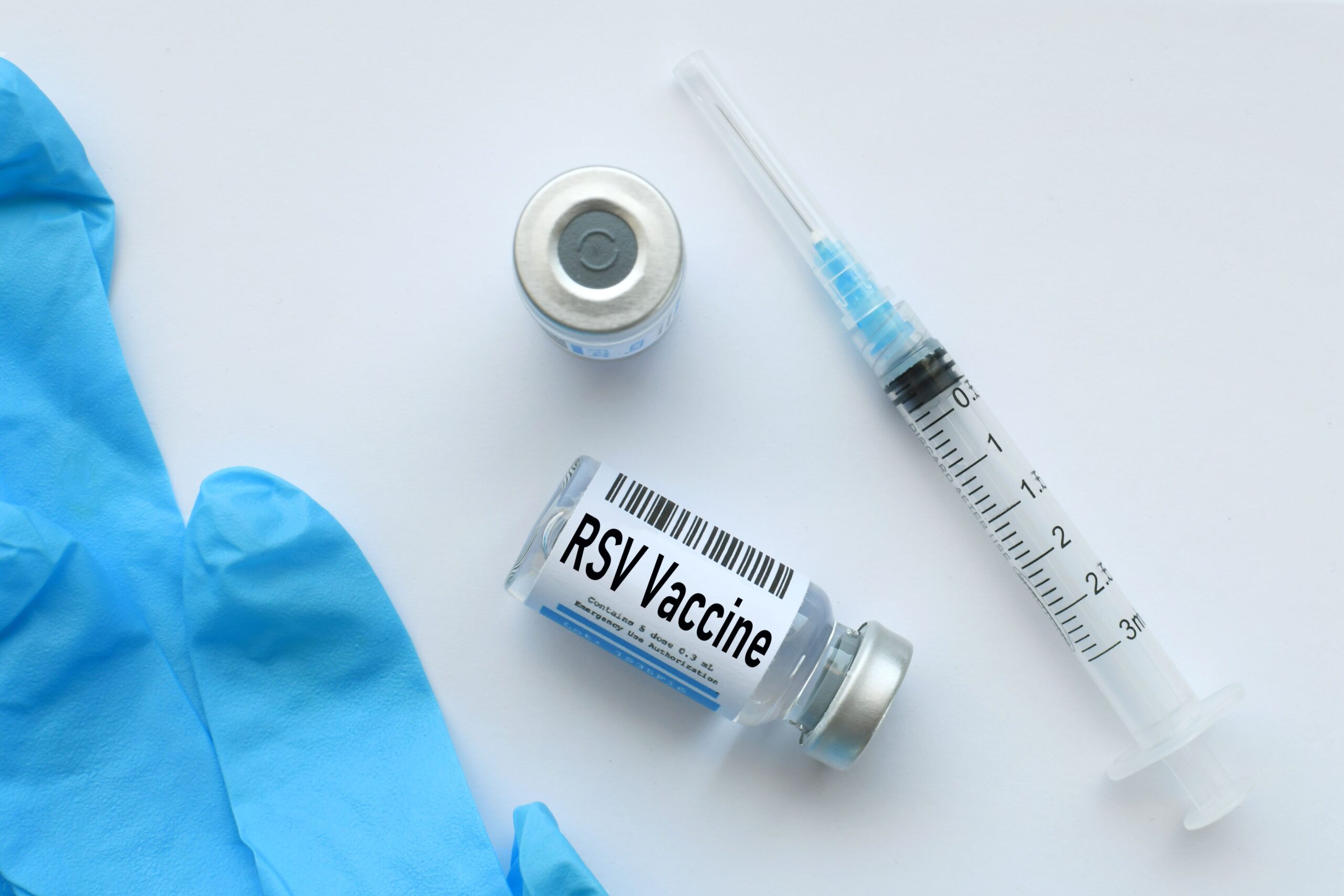Respiratory syncytial virus (RSV) accounts for many acute respiratory tract infections (ARTIs), which could cause outbreaks in various care settings where vulnerable individuals reside. In a meta-analysis published by investigators in The Lancet, they assessed the prevalence, outbreak size, attack rate, and case fatality rate (CFR) of RSV outbreaks that were globally reported from 1960 to 2025. Additionally, the researchers aimed to evaluate variations by geographic region, age group, season, outbreak setting, and viral genotypes. The findings of the analysis emphasize the need for targeted vaccination and treatment to prevent and control future worldwide RSV outbreaks, especially among immunosuppressed individuals.1
Image credit: MargJohnsonVA | stock.adobe.com
Global Incidence of RSV
RSV is reported as the leading cause of respiratory disease globally and leads to infections across all age groups. However, in older adults ages 65 years and older, the Global Burden of Disease (GBD) data recorded about 1.5 million RSV-related episodes in industrialized countries in 2015. Of the total amount of reported episodes, approximately 14.5% were admitted to the hospital in need of health care support. In addition to older age, according to the CDC, risk factors for severe RSV include adults with chronic heart or lung disease, adults with weakened immune systems, and adults with certain underlying medical conditions. Individuals with asthma, chronic obstructive pulmonary disease (COPD), and heart failure could also experience worsening symptoms when infected with RSV.1,2
Systemic Review and Meta-Analysis of RSV Outbreaks
Researchers conducted a systemic review and meta-analysis of literature published between January 1, 1960, and January 31, 2025, to analyze RSV outbreaks linked to ARTIs. The main goal was to determine the global and regional prevalence of RSV, along with characteristics such as outbreak size, attack rate, clinical features, and CFR. These metrics were further broken down by the outbreak period, site, age group, and RSV genotype, with the aim of guiding the creation of more effective future preventive and control strategies for RSV outbreaks.1
To find eligible studies, researchers searched databases across MEDLINE, Embase, Global Health, CINAHL, Web of Science, LILACS, OpenGrey, CNKI, Wanfang, and ChongqingVIP that reported laboratory-confirmed RSV outbreaks in hospitals, communities, schools, kindergartens, and long-term care facilities. However, studies were excluded if they lacked a clear or consistent definition of an RSV diagnosis. Random-effect models were used to calculate combined estimates and their 95% confidence intervals. To evaluate how the prevalence, attack rate, and CRF of RSV outbreaks change over time, the estimated annual change (EAPC) was computed.1
A total of 72 full-text articles from 25 countries were included in the meta-analysis from the 2048 articles that were initially identified. Among the 72 articles reported, 82 RSV outbreaks occurred between April 1960 and January 2025, including 2292 patients.1
While 28 studies detailed RSV-related deaths, 32 provided genotype information. The results demonstrated that the highest outbreaks were seen in Europe, the Americas, and Asia, particularly during the winter. Common outbreak settings included neonatal intensive care units (30.49%), hematology wards or cancer centers (24.39%), and neonatal wards (15.85%). The typical outbreak involved 13 cases, with RSV-B being the predominant genotype at 46.88%.1
Further results found a noticeable increase in RSV outbreak reporting, rising from 3 outbreaks from 1960 to 1970 to 37 from 2010 to 2025. Following, the overall CFR significantly decreased from 12.29% in the 1990s to 1.24% in 2010 to 2025. However, CFRs were highest among the elderly (9.24%), in hematology wards or cancer centers (7.56%), and with RSV-A and B co-infections (6.31%). Additionally, the global pooled attack rate was 35.78%.1
RSV Outbreak Prevention
The findings emphasize the importance of targeted vaccination and treatment strategies to prevent and control RSV outbreaks globally in the future. In the United States, pharmacists and health care providers can recommend a single dose of any of the FDA-approved RSV vaccines—RSVPreF3 (Arexvy; GSK), RSVpreF (Abrysvo; Pfizer), and mRNA-1345 (mRESVIA; Moderna)—for all adults 75 years and older, along with individuals aged 60 to 74 years who are at increased risk of severe illness. These recommendations follow the CDC’s endorsements, along with the CDC’s Advisory Committee on Immunization Practices, which voted to expand its RSV vaccine recommendation to patients aged 50 to 59 years who are at an increased risk for RSV-associated lower respiratory tract disease.3,4
